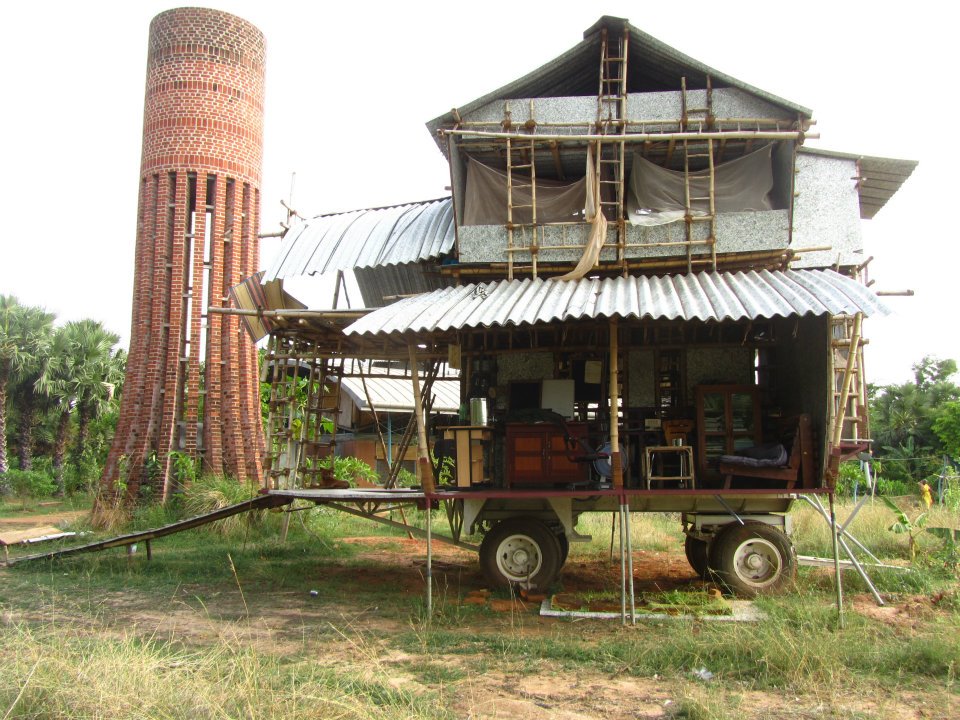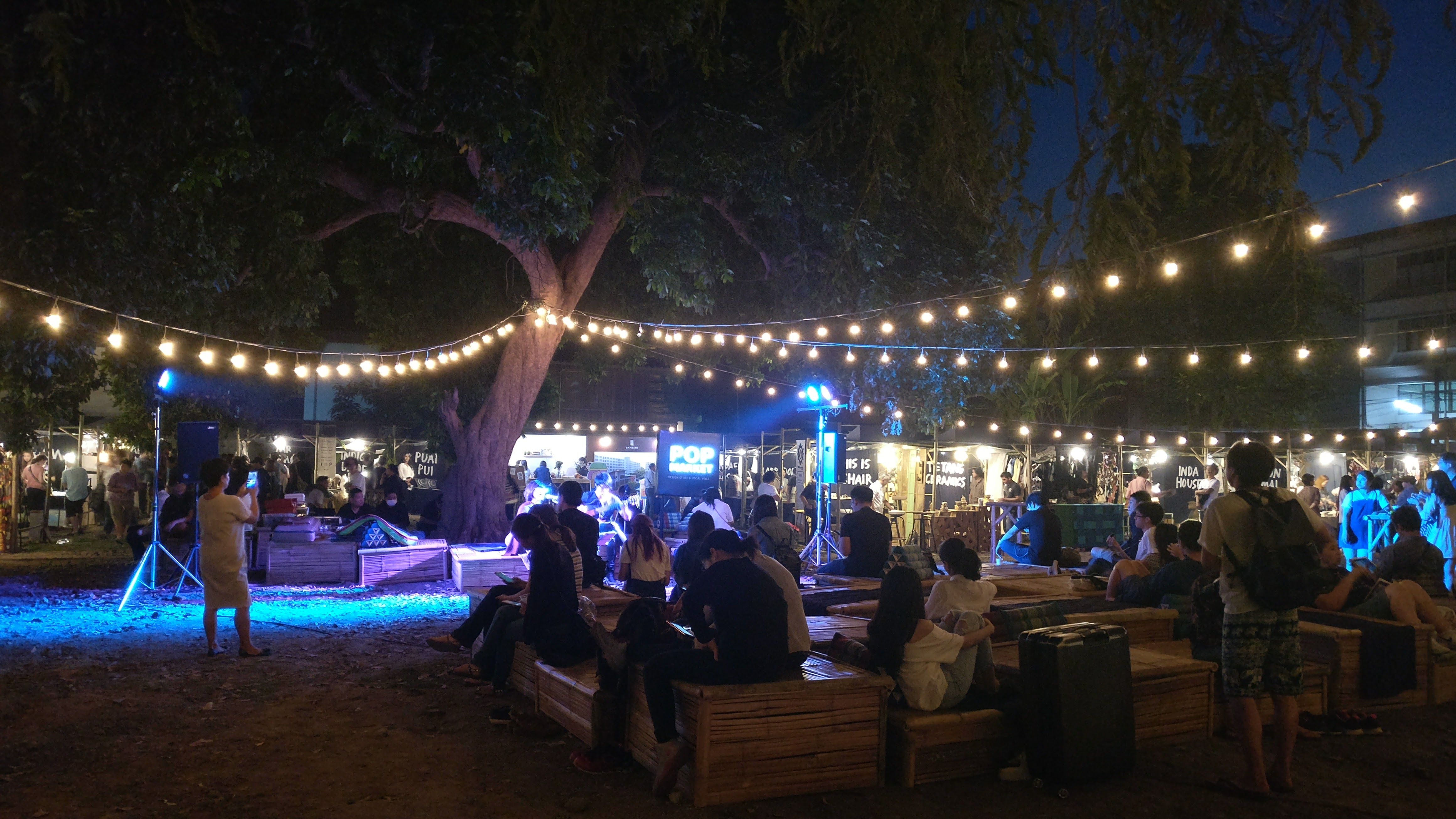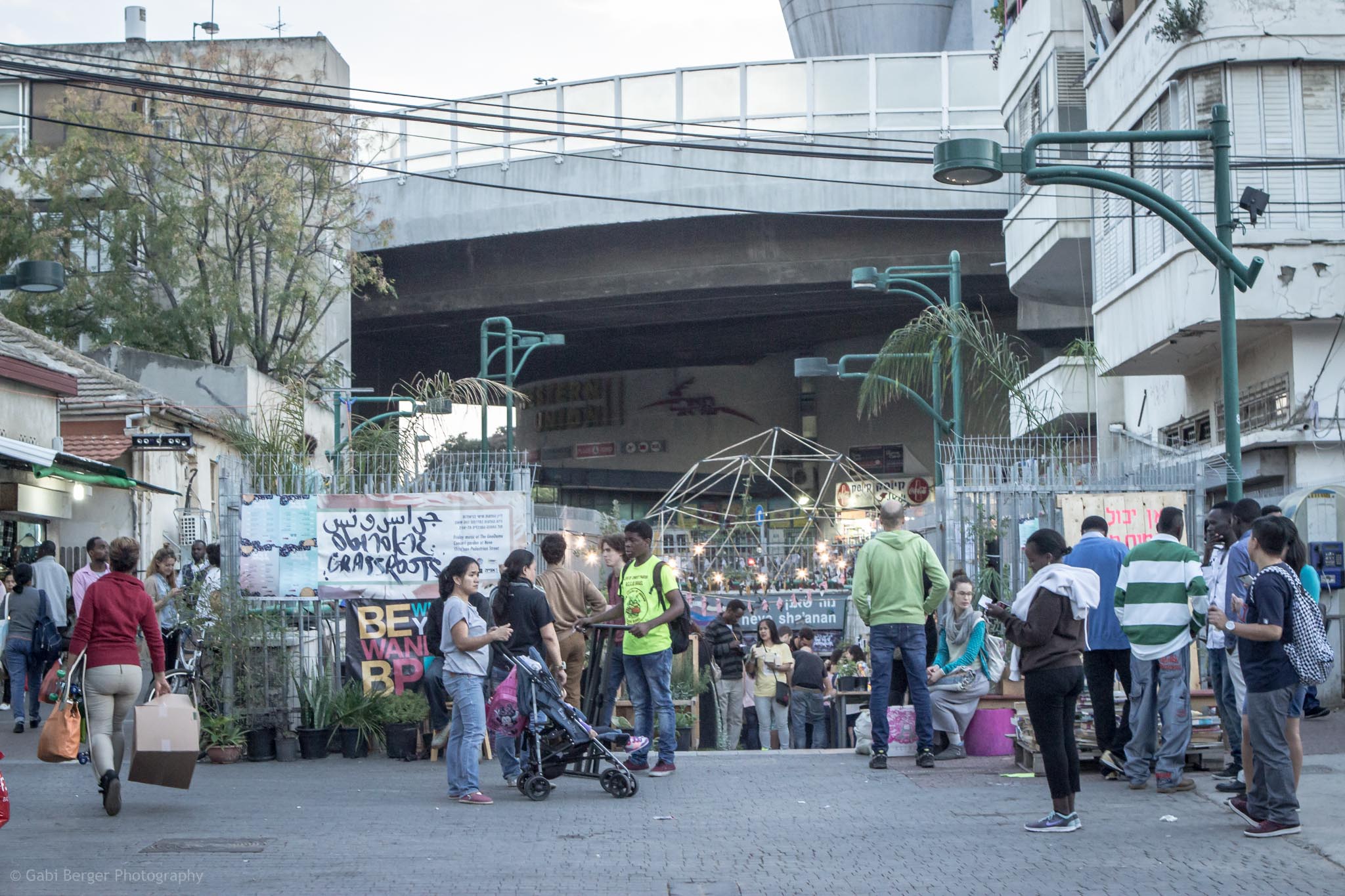Architectural Design Fellowship Winners
AVIKAL SOMVANSHI2008 Architectural Design Fellowship Winner; BERKELEY PRIZE Committee Member Country of Origin: India; Country of Study: U.S.A.; Current Country: India Degrees: Master of Science in Applied Urban Science and Informatics (2017); Bachelor of Architecture (2011) BP 20th Anniversary Statement: Avikal Somvanshi is the Fulbright-Nehru Fellow at New York University, persuing a graduate program in urban data science and civic analytics as part of the Fellowship. He is currently working with New York City based non-profit Women-in-Need to improve the services they provide to the homeless women and children in the city. Women-in-Need is the largest non-profit working on the issue of homelessness in NYC and operates multiple homeless shelters in the city which houses almost 5,000 homeless people every night. Somvanshi won the 2008 BERKELEY PRIZE Architectural Design Fellowship seeking solutions to urban homelessness crisis in India. Somvanshi works as the Programme Manager, Sustainable Cities Programme, (current as of 2020) at the New Delhi–based think tank Centre for Science and Environment. He developed and spearheaded the centre’s urban habitat program working towards sustainable and equitable cities that are affordable for all. He has co-authored two books and researched and written multiple policy papers and articles on affordable housing, green buildings, urban air pollution, construction waste and sustainable mobility in India. While working with EartHauz, an Auroville-based alternative architectural practice, in 2011-12 Somvanshi designed and constructed multiple affordable housing modules using recycled waste. One of his creations, the Ladder House project, which explored fast-track eco-friendly response to relief shelter for post natural disasters scenario using bamboo ladders, recycled tetrapak and coir ropes, was reviewed in three major national publications. Somvanshi credits the BERKELEY PRIZE for starting him on his career trajectory which explores the intersection of architecture, cities, and data-driven policy in the domain of social justice and environment.
One of Avikal’s publications is Building Sense: Beyond the Green Façade of Sustainable Habitat which he co-authored. Avikal also continues as contributing writer, blogger, and resident expert on building energy and urbanisation with the Down To Earth, India's leading science and environment fortnightly. He has authored more than 40 articles, reports, photo-essays and blogs for the publication, including three cover stories. His list of published articles is available at: http://www.downtoearth.org.in/author/avikal-somvanshi-2050.
ANUSHA NARAYANAN2008 Architectural Design Fellowship Winner Country of Origin: India; Country of Study: India; Current Country: India Degrees: Bachelor of Architecture (2011) BP 20th Anniversary Statement: Architecture, to anyone who has studied it, somehow remains his/her first love. The same goes for me. I studied architecture in a place as odd and serene as Jammu, India. I now run my own consultancy, Fish Do It, in Mumbai, along with my partner Kay Khoo, a Malaysian. My interests have always been writing, design and architecture and his are graphic design, branding and curation. We share a common love for content and problem-solving and that's what we do every day at work. We are consultants and project planners for events, and marketing & brand communications. On a daily basis, we work with small & nimble, and big & traditional businesses. We have designed magazines, produced branding and event collaterals, curated content for conferences, run editorial platforms and consulted with brands on strategy & content. We have also designed digital solutions for brands: which involves wireframing, designing back-ends and front-ends, liaising with programmers, and dealing with tech and data on a daily basis. Perhaps that sounds like a lot of words, but it involves the same things as does architecture: analyse, plan, design, collaborate, execute and make sure we leave behind a robust system – be it organisational or digital, or just a workflow for teams to use in future. Doing our work requires empathy for the users, empathy towards the clients and the ability to balance crucial aesthetic, functional and financial decisions in order to come up with the best, most efficient, usable solution to a brief. Although what I "do" today isn't architecture, its roots are in an architectural design education. Carrying that attitude which architecture gave me and applying it to all problems that we tackle in life and in business is what has helped me grow. No design or engineering is “social” or good if it loses sight of the users in pursuit of distant dreams. Architecture is the ability to dream and then to follow through – to commit to never rest till the problem has been solved, and multiple scenarios have been anticipated and solved for. That is what the social art of architecture has taught me. For the BERKELEY PRIZE 20th Anniversary, I express my gratitude and honour for having had the opportunity to be a part of the Committee for over 5 years. It has been an invaluable educational experience for me since I get to read what writers, students and architects from around the world think, feel and prioritise. It is my lens to introspect on my own thoughts as well. Congratulations for building a platform such as this and I hope to keep serving the Committee with fervour in future.
ROBERT UNGAR2010 Architectural Design Fellowship Winner; BERKELEY PRIZE Committee Member Country of Origin: Israel; Country of Study: Israel; Current Country: Israel; U.S.A. Degrees: Master of Urban Design (2018); Bachelor of Architecture (2013) BP 20th Anniversary Statement: Architecture school for me was a mental greenhouse for possibilities, spurring seeds of ideas about sharing for better society and smarter living conditions. All this talk about structure and material, tectonics and space - why is it important if not to create a better human experience? When choosing a professional path, the employment options I faced were mainly planning for private developers or wealthy individuals who usually think about the human experience of their accountant. Public space planning is mainly kept for experienced architects, poses little creativity, and doesn't pay well. This brought me and two of my friends to establish an independent multi-disciplinary collective called ONYA collective, now consisting of 13 fun and creative people who work to develop new ways to integrate social and environmental aspects in urban design. Starting with art installations, and growing to commissioned works by municipalities. Our main project is a 300 sqm formerly abandoned space in Tel-Aviv's Megalomaniac-Brutalist Central Bus Station. With volunteers, we've created a multi-community garden and space serving local organizations, currently lacking any public buildings, mainly Sudanese and Eritrean refugees, Filipino, West African and Chinese work immigrants, and Israelis from low socio-economic backgrounds.
Robert’s most recent consultancy has been with Studio for Urban Projects, San Francisco, California as a Research Associate leading research for From the Ground Up: Local Movements to Create Resilient Cities. This is an upcoming Island Press book describing transformative, cross-sector pilot projects in 16 cities in the United States and globally relating to emerging mobility, shoreline adaptation and equitable urban regeneration. He has also participated in the Studios’ analysis of policy, efficacy, community engagement and urban design in climate change strategic plans.Other recent projects include People-Centered AV Mobility prototyping as IDEO CoLab Fellow with Gehl Architects (Copenhagen, New York and San Francisco) for the City of San Jose, California Department of Transportation and the Knight Foundation; and for Calthorpe Associates, Architects and Planners, Berkeley, research and case study analysis developing sustainable urban design guidelines for the World Bank.
PREETI TALWAI2011 Architectural Design Fellowship Winner; BERKELEY PRIZE Committee Member Country of Origin: U.S.A.; Country of Study: U.S.A.; Current Country: U.S.A. Degrees: Master of Environmental Design (2016); Bachelor of Arts in Architecture (2013) BP 20th Anniversary Statement: After completing my Bachelor's degree in Architecture at UC Berkeley and a Master of Environmental Design at the Yale School of Architecture, I am currently working as a User Experience Researcher at UX (User Experience, formerly Google[x]), the innovation lab of Google. In this role, I conduct qualitative human-centered research that helps vet futuristic ideas and determine which are worth pursuing. I study human needs, attitudes, motivations, and behaviors across different domains and ecosystems. The core values of the social art of architecture -- in which the BERKELEY PRIZE catalyzed my interest -- have been central to my work after college. My decision to pursue a graduate architectural theory degree was motivated in large part by my undergraduate writing and thinking about social architecture. In turn, my graduate thesis critically examined the impact that technology has on the social experience of public space and the act of consumption. At UX, I am the only researcher with an architectural background. I bring a deep investment in conducting physically contextualized research and investigating human-environment relationships, with a belief that all technologies must be understood within socio-spatial ecosystems. The critical perspective, empathy and humanism, and conviction in socially engaged and purposeful design drives my work every day. To me the most exciting thing about the social art of architecture is its universal significance to almost any discipline, while the biggest challenge is a lack of awareness. I hope that by continuing to work in non-architectural fields, I am able to open industry minds to social and environmental questions, and help shape more humanistic and socially driven approaches towards building things for people. Preeti’s most recent (published) project: "I am currently exploring the future of human-centered AI. A big part of my role on the AIUX team at Google has been using foundational research to deeply understand human needs, and leveraging those insights to shape a lens on designing future technology.
|
I: Essay Prize Winners |
II: Travel Fellowship Winners |
IV: Essay Prize & Travel Fellowship Winners From Social Media |





